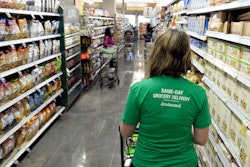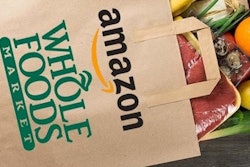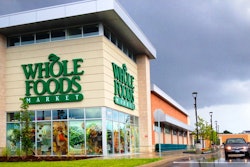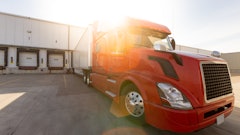
The big talk lately has been all about Amazon’s acquisition of Whole Foods. I recently spent some time networking with beer, wine, spirits, water and soda distributors with a concentration on fleet and operations strategies—and our conversations kept going to Amazon and alcoholic beverage distribution.
By purchasing Whole Foods, Amazon has successfully created a massive retailer footprint that spans the entire United States. Combined with Prime Now, it looks like the company will effectively cross the grocery hurdle that they’ve experienced. Amazon found that customers were happy to purchase dry goods, but wouldn’t 1-Click order on produce. The Whole Foods acquisition now lends its powerful brand to fresh, organic produce making the click a lot easier.
Whole Foods is also known for an amazing craft beer selection in states where grocery stores are able to sell it. So, I can now get everything I need by shopping on Amazon for a healthy dinner with a 6-pack of that eclectic craft beer I’ve been meaning to try. And, it will be at my door within minutes of when I arrive home from the office. Perfect.
But what effect will that have on how alcoholic beverages are delivered to retailers today? Process flow-wise, very little. Suppliers will still ship it to distributors, and then distributors will take it to retailers.
But now, there’s the reverse step of a retailer taking it to the end consumer.
The big “but” here is that it could significantly drive up delivery costs for wholesale distributors. Why? The retailers where people used to shop will begin to order lower quantities and want more delivery days, so they don’t have to hold inventory. For distributors, the drop size for Whole Foods will increase, but decrease for retailers, thus increasing the cost of distribution for now smaller accounts with smaller drop sizes.
So, what should wholesalers do? Start analyzing the data. Identify which retailers could potentially be affected.
- The cost of frequency—Are you servicing the customer too many times per week? Does their volume today, and potentially tomorrow, justify it?
- Can you re-train customers by only offering certain SKUs on certain days, so they order more consistently?
- How profitable is each customer relative to the delivery? If a customer only orders two cases twice a week, for example, probably not very.
- Are the volume of deliveries balanced appropriately across the week?
The message today to distributors should be: Don’t wait. Be proactive and understand where your most expensive deliveries occur. Find out if the frequencies are warranted for the amount of product delivered.
Being proactive and analyzing your deliveries is guaranteed to prevent a significant increase in delivery costs should Amazon become a major player in retail beer and spirits.


















